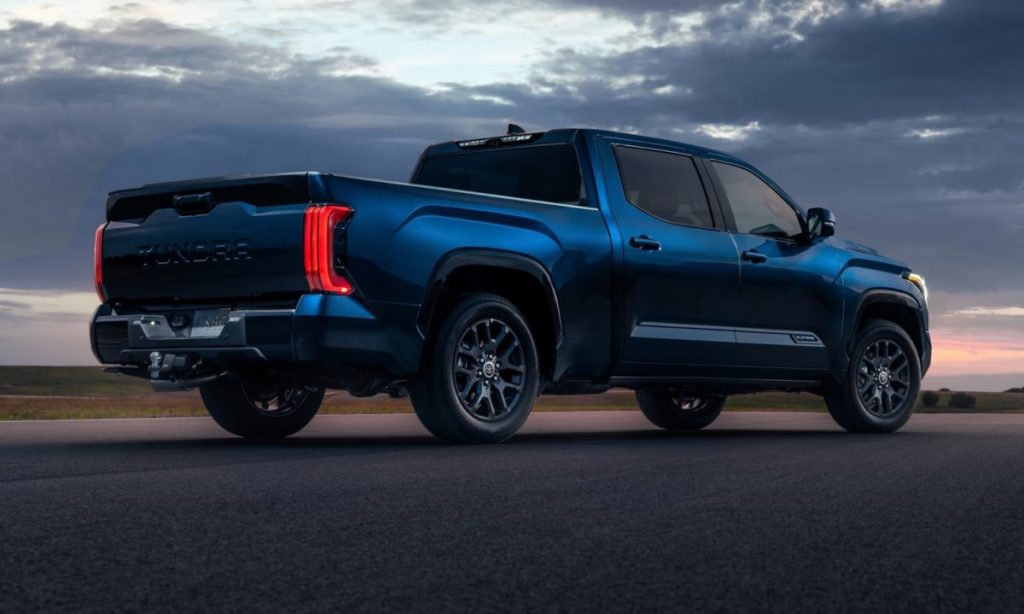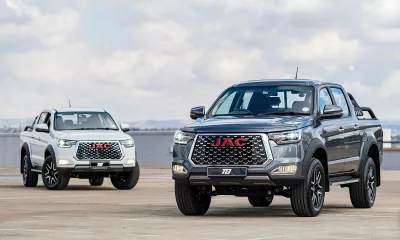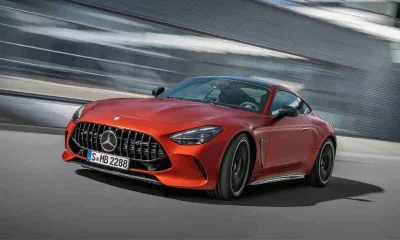The American-only next-generation Toyota Tundra has been revealed for a 2022 release bringing with it changes to the powertrain and suspension. Conclusive revisions have been made to the list of comfort features, too.
Under the bonnet of the Toyota Tundra sits the brands 3,5-litre twin-turbo V6 i-Force unit which delivers 290 kW and 649 N.m of torque to a 4×4 system via a the new 10-speed automatic transmission that is seen in the Land Cruiser 300. Those looking for a bit more grunt can opt for the i-Force Max unit which uses an electric bell-housing motor to increase output to 325 kW and 790 N.m. With this, the bakkie boasts a towing capacity of up to 5 400 kg and a payload capacity of 880 kg.
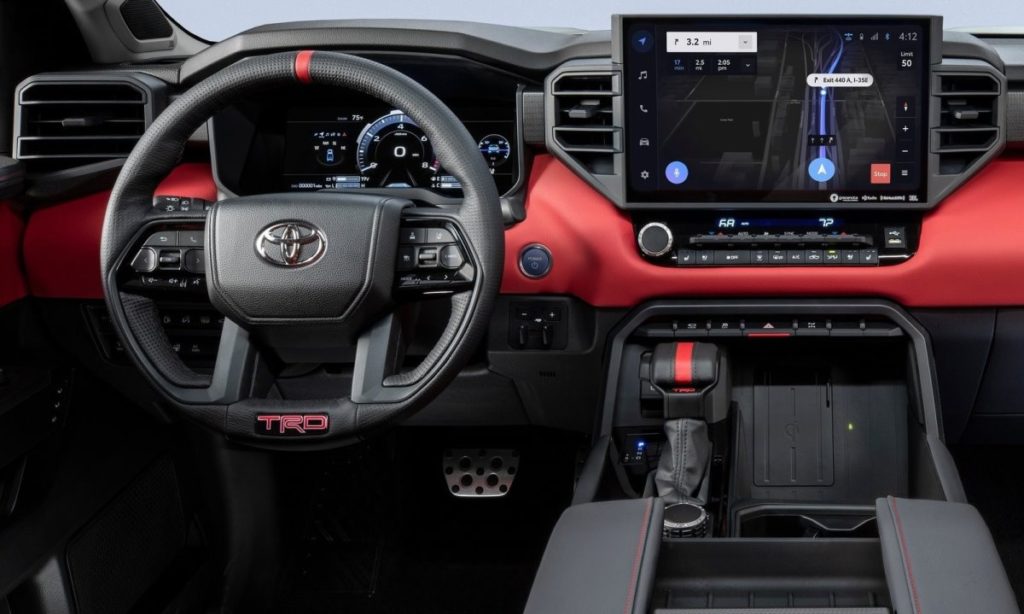
Interestingly, the new Toyota Tundra does away with its rear leaf spring suspension as it adopts a new multilink rear setup. The brand says this decision has been made to improve comfort, straight-line stability and overall handling dynamics. The rear frame member is also widened to improve stability and towing capability.
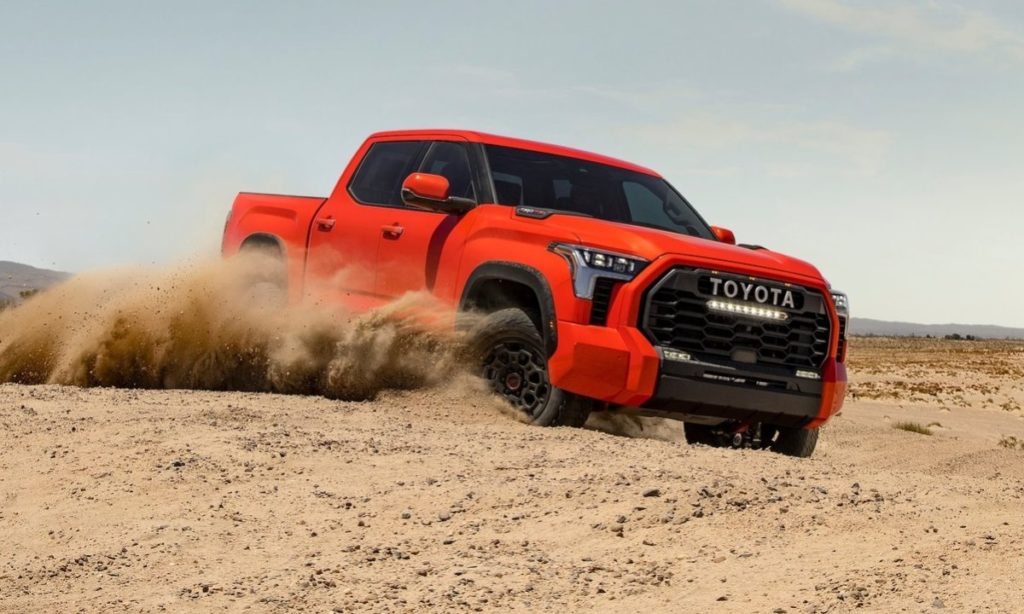
To maximise off-road performance, TRD Pro grades are fitted to the Toyota Tundra. This includes 2,5-inch diameter Fox internal bypass shocks. The front shocks provide the truck with a 1,1-inch front lift. The aluminium-bodied front and rear shocks feature piggyback reservoirs to house additional oil for improved off-road performance in the most demanding terrain. The shocks use a new polytetrafluorethylene-infused Fox shock fluid to improve on-road comfort. This fluid includes microscopic particles infused with the oil to reduce friction.

Adaptive variable suspension is also available or the first time on the Toyota Tundra. This is designed to adjust damping force based on changing road conditions including large potholes, bumps or small rocks. The linear-solenoid-type AVS features built-in actuators in the front and rear shock absorbers to continuously change damping force based on the conditions, all to enhance handling, stability and comfort.
